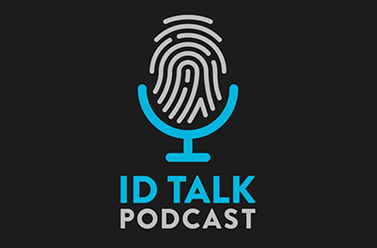What Investors Should Know about Online Learning and Development Platforms
By Bob Eckel
This article first appeared on Nasdaq.com.

Since the 2019 Varsity Blues scandal, companies offering online learning and development platforms have started doubling down on ensuring the integrity of their online exams and certification processes. The scandal, which involved proxy and fraudulent test-taking, did much to highlight the vulnerabilities of traditional authentication methods. As a result, leading players in this space have begun to investigate ways of safeguarding test integrity to guarantee exam results validity..
As an investor, it is important to consider several factors in your evaluation of online learning and development companies, including:
Escalating concerns around fraudulent test-taking
Test-taking fraud concerns aren’t just limited to higher education institutions – employers are also concerned about the security of online learning regarding employee education. Scrutiny and verification are particularly important when someone cheats by using someone else for a certification exam and may obtain credentials without possessing the required skills and experience. In industries where demonstrated competence is crucial to job performance and safety – such as air travel, healthcare, engineering, or architecture – the consequences of admitting unqualified people can be dire and, in extreme cases, lead to wrongful deaths.
As more of these companies become aware of the liabilities and concerns associated with test-taking fraud, they may also become aware of weak points in their own security practices or process. The traditional authentication methods of physical ID checks or username and password combinations are no longer enough to safeguard test-taking processes. These items can all be easily borrowed, lost, or stolen.
The application of biometrics and test fraud prevention
In the wake of the consistent failures of traditional identity authentication methods, biometric authentication has arisen as a solution. Biometric authentication involves using unique physiological or behavioral characteristics to verify someone’s identity, providing a level of security that surpasses traditional methods and adds significant barriers in circumventing. By leveraging fingerprints, facial recognition, voice patterns, and/or iris scans, this technology adds an extra layer of security. It makes it extremely unlikely that any individual can game the system.
For many companies offering online learning and development platforms, integrating biometrics into their environments is the natural next step. Any company still insisting that testing and certification processes should center around conventional authentication methods – such as username and password combinations or physical ID cards – is likely not doing all it can to ensure the validity of its testing processes.
Secure identity verification
One of the most attractive advantages of biometric authentication is the ability it gives companies to verify the enrolled individual is the person taking the exam or test. Unlike passwords or identification, biometric traits are unique to each person, meaning they can’t be easily replicated or stolen. This added security prevents proxy testing – a significant security threat exposed during the Varsity Blues scandal – and consistently confirms that the enrolled individual and the person taking the test are the same person throughout the ongoing testing process.
Moreover, since biometrics provide continuous verification, thus minimizing the likelihood of fraudulent activity both before and during an examination, those taking exams through an online learning platform can be assured their results are truly their own. That is why a comprehensive approach to security, bolstered by biometric authentication, significantly strengthens the testing process’ credibility, giving test takers and their organizations confidence in the results.
As businesses continue to rely on online exams and certifications, safeguarding the integrity of the testing process has never been more vital. Investors interested in this space should evaluate the security measures these companies are implementing in order to uphold the credibility of their testing processes.
PODCAST | 41 minutes
Aware's New CEO Is Ready to Build: A Conversation With Ajay Amlani


